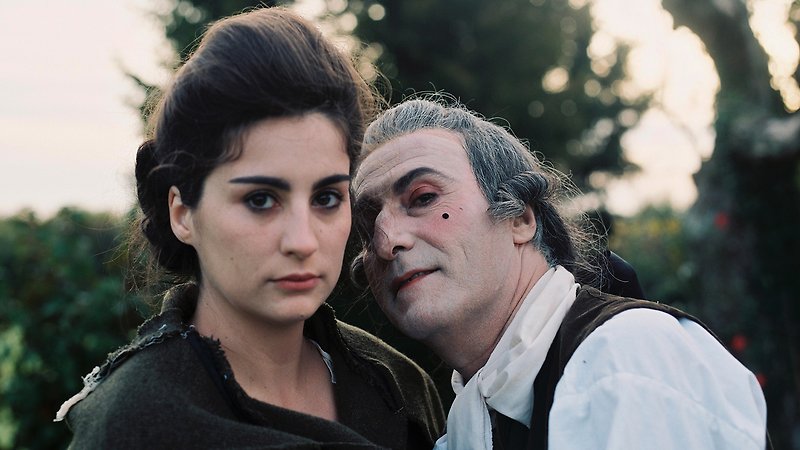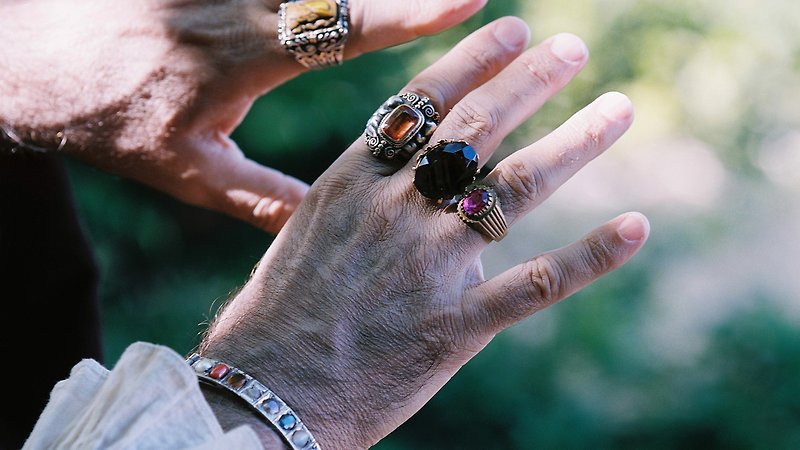Albert Serra’s teasing 18th-century drama sees Casanova cross paths with Dracula, as Enlightenment reason and secular pleasure give way to the dangerous passions of Gothic romanticism.


Though quiet in tone and contemplative in manner, Albert Serra’s historical drama, set far from royal courts and teeming cities, brings exotic passions of the eighteenth century to furious life
Screened as part of NZIFF 2014
Story of My Death 2013
Història de la meva mort
The central character in Catalan director Albert Serra’s strange and beautifully envisaged fantasia on 18th-century themes is Casanova. The era’s great, self-documenting libertine is imagined as a crumbling paragon of Enlightenment reason. He regales any of his retinue who will listen with tales of his perceptive brilliance – while fully indulging the most fundamental bodily pleasures left to him. Meanwhile, lurking in the film’s final act, Count Dracula embodies a more dangerous Romantic sensibility awaiting its moment.
“The film’s serene flamboyance, its complete confidence in pacing and casting (Serra as usual working with non-professional actors), and the sheer pleasure in filmmaking on display make Story of My Death feel like a piece of pure cinematic luxury. That Serra can assemble from a reputed 400 hours of footage the two-and-a-half hours of Story of My Death, and that the results include quite so many moments of beauty is some achievement.
Of course, the film will divide audiences, especially with regard to its intermittently funereal pacing, but once you go along with the rhythms and shifts – from the limpid Swissset opening section to the brooding Carpathian climax – it makes for compulsive viewing.” — Chris Darke, Film Comment